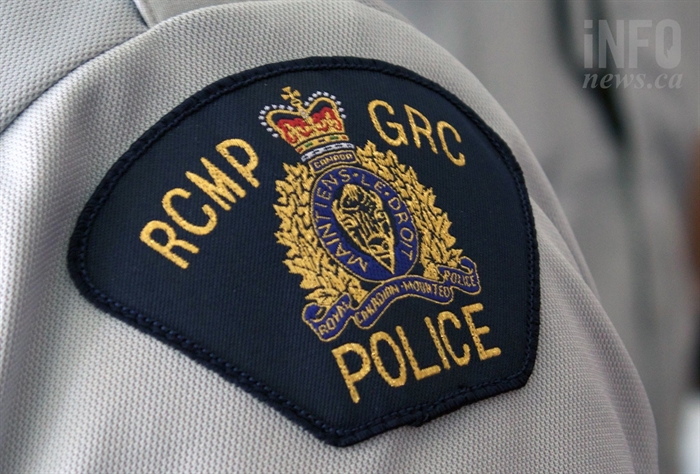KAMLOOPS – Kamloops is a transportation hub for hundreds of thousands of people: Going east or west, north or south, nearly all major highways go through here.
That brings unexpected challenges, like the roughly 1,000 missing persons files Kamloops RCMP investigates each year. That’s twice as many missing persons files as Kelowna, a city with nearly twice the population of Kamloops. It makes Const. Donna Fogarty’s job seem never ending at times.
Fogarty is the Missing Person Coordinator for the Kamloops RCMP detachment, which means she oversees every missing person report that’s filed – about 250 every three months. Exact numbers aren’t available, but Fogarty says in her experience the majority of the detachment’s missing persons files are teenagers.
Many of them have run away multiple times.
No matter how many times a teen has gone missing, Fogarty says, they always treat a missing person as high priority and assign a lead investigator immediately. For the most part, the case is treated as any other missing person file would be treated, but there are some key differences.
“The steps for a teenager who’s ran away many times before, we try to meet with guardians to develop strategies to help keep this youth safe,” Fogarty says. “Ones who run away more frequently, we know of their health concerns, we’re already familiar with that individual so therefore some of the initial information gathering is already known. You can act more quickly in that regard, you kind of know exactly where to go, friends and associates, where they hang out.”
Although the initial step of being familiar with the teen helps, it’s always concerning when a repeat runaway hasn’t checked in at home.
“When their location is not known it’s a concern because of their high-risk lifestyle that they lead,” Fogarty says. “There’s still an urgency – to any missing person file there’s still an urgency. It does require a lot of work on behalf of the police because missing person files are a high priority.”
Part of Fogarty’s job includes trying to help the parents of runaway teens by giving them strategies and resources to help come up with a plan for their child.
“I work with other people who are connected with them to try to lessen the number of calls and create check in plans for these youth so that they, first and foremost, are safe and they’re aware of all resources that are available to them,” Fogarty says.
Fogarty and other officers working on a case involving a teen who’s run away in the past work with social workers and parents to try and locate the child. Once the child is located, officers try to come up with a strategy to lessen the number of potential calls they might receive about the child in the future.
“The strategy is always a check-in strategy,” Fogarty says. “If a youth doesn’t want to come home, we can’t force them to come home, but we want to try and get through to them to check in with their parents and advise of their location.”
In January 2016, Kamloops RCMP Supt. Brad Mueller said police needed to come up with strategies to deal with these teens who often run away and are reported missing.
“From a policing perspective we have a core mandate of providing police service — basically public safety and arresting violators who are committing crimes. What we feel is happening is that we’re being asked to do more and more duties that are taking us away from our core duties,” Mueller said at the time.
Fogarty says parents of teens who run away or miss check-ins should come up with an at-home plan for the child to abide by.
“Know who their friends are, know what their social media accounts are, know where they hang out, communicate with them,” Fogarty says. “Parents (should) do their own due diligence in looking for their children, as well as involving the police when necessary.”
http://infotel.ca/newsitem/how-kamloops-rcmp-deal-with-1000-missing-persons-reports-each-year/it44091#.WWEizOmQyUk







